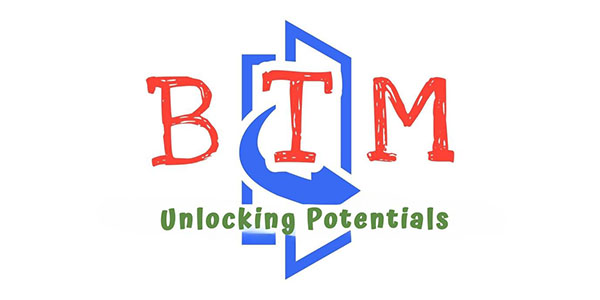Teenage pregnancy is a growing concern across Kenya, and Busia County is no exception. The statistics are alarming, revealing a deeply rooted issue that affects the lives of young girls, their families, and the broader community. Understanding the numbers is essential to grasp the gravity of the situation and to inform efforts to combat this crisis.
The Stark Reality
Recent data indicates that Busia County has one of the highest rates of teenage pregnancy in Kenya. According to a report from the Ministry of Health, nearly 1 in 4 girls aged 15-19 in Busia have already become mothers or are currently pregnant. This figure is significantly higher than the national average, underscoring the urgent need for intervention in the region.
Factors Fueling the Crisis
Several factors contribute to the high rates of teenage pregnancy in Busia County:
Poverty: Busia is among the less economically developed regions in Kenya. Many families struggle to meet basic needs, and the cycle of poverty often leads to early marriages or exploitation of young girls as a means of survival.
Lack of Education: Education is a critical factor in preventing teenage pregnancy. Unfortunately, many girls in Busia drop out of school due to financial constraints, cultural practices, or early pregnancies. The lack of comprehensive sex education also leaves many girls unaware of how to protect themselves.
Cultural Practices: Traditional beliefs and practices play a significant role in the prevalence of teenage pregnancies. In some communities, early marriage is encouraged, and young girls are often pressured into relationships that lead to pregnancy.
Access to Healthcare: Limited access to reproductive health services further exacerbates the situation. Many girls do not have the means or knowledge to access contraceptives, and stigmatization often prevents them from seeking the necessary care.
The Impact on Teenage Mothers
The consequences of teenage pregnancy are profound and far-reaching. Many young mothers in Busia face significant challenges, including:
Interrupted Education: Most teenage mothers drop out of school, severely limiting their future opportunities for employment and economic independence.
Health Risks: Teenage pregnancies carry higher risks for both the mother and child, including complications during childbirth, higher infant mortality rates, and long-term health issues.
Social Stigma: Teenage mothers often face rejection and stigmatization from their families and communities, leading to social isolation and mental health struggles.
The Role of Community-Based Organizations
Organizations like Benter Teenage Mothers’ Community-Based Organization (CBO) are crucial in addressing this crisis. Founded in early 2024, the CBO was established to support teenage mothers in Busia by providing counseling, educational support, and vocational training. In just six months, the organization has been contacted by over 150 teenage mothers in need, highlighting the scale of the problem.
The CBO’s programs aim to break the cycle of poverty and early pregnancy by empowering young mothers with the skills and resources they need to build better futures for themselves and their children. By providing a safe space for these girls to share their stories and access support, the CBO is making a significant impact in the fight against teenage pregnancy.
Moving Forward
Addressing teenage pregnancy in Busia County requires a multifaceted approach that includes improving access to education, healthcare, and economic opportunities for young girls. It also necessitates challenging harmful cultural practices and promoting gender equality.
The numbers don’t lie—teenage pregnancy is a critical issue in Busia County that demands immediate attention. By working together, communities, governments, and organizations can create a safer, more equitable environment for all girls, ensuring they have the chance to reach their full potential without the burden of early motherhood.



